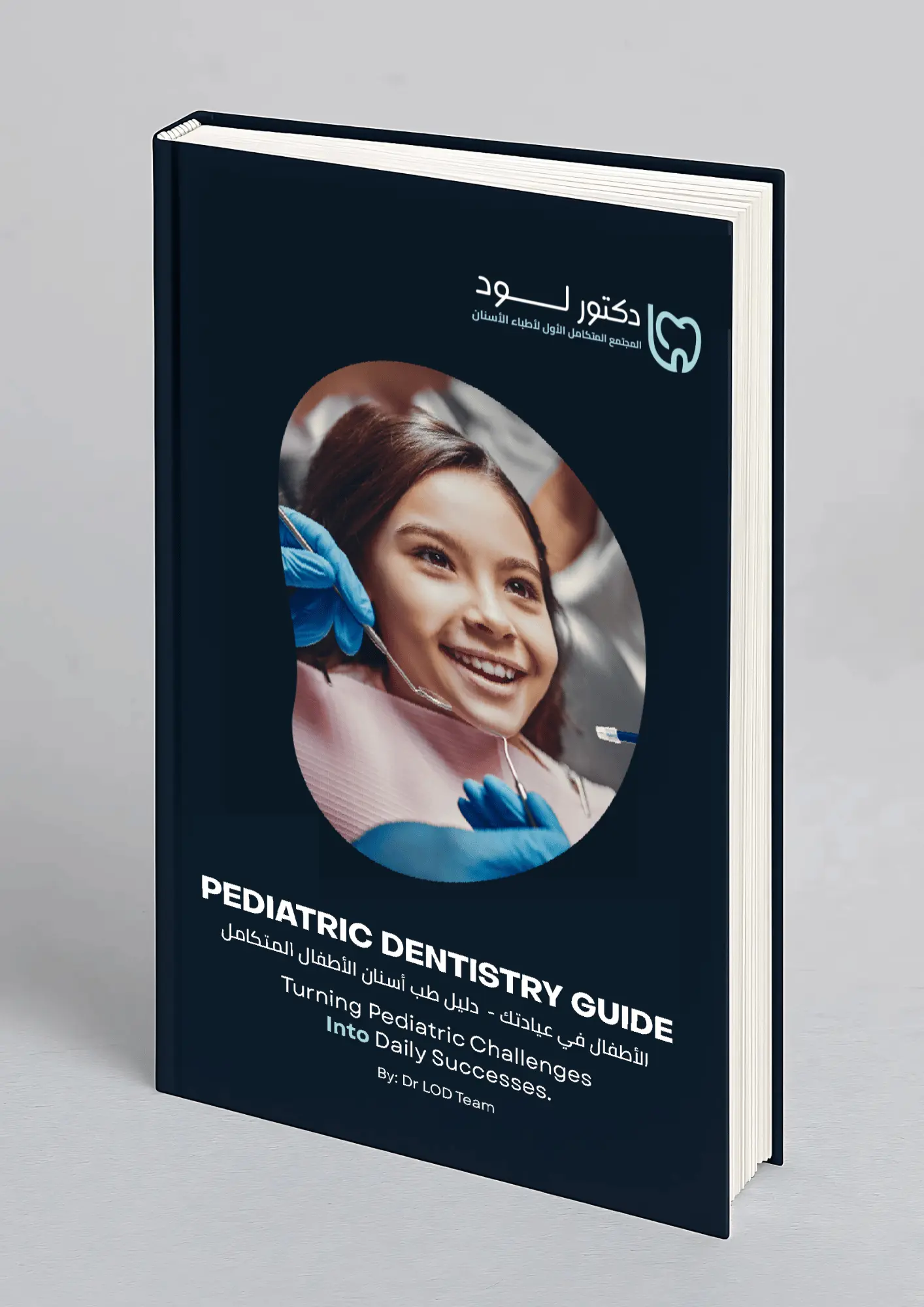It’s quite common, Doctor, to have a child or young adult visit your clinic with their parents, and the recurring complaint is often about their teeth not looking good, or perhaps having noticeable gaps between them. As you conduct your examination, you might spot one or more specific teeth that are significantly smaller than their normal size, almost like a primary tooth amidst permanent ones.
This condition is something we frequently encounter in practice, and its scientific name is Microdontia. Let’s break it down together and understand everything about it, particularly what it looks like on radiographs.
What Exactly is Microdontia (Small Tooth Size)?
The definition is straightforward and to the point: It’s a condition where a tooth is markedly smaller than its typical size when compared to other teeth in the arch.
What Does It Look Like Radiographically? (Radiographic Features)
On radiographs, the condition becomes exceptionally clear, and you’ll easily identify it based on these points:
Most Common Locations
This condition doesn’t just appear in any tooth; it has preferred sites where it’s observed more frequently than others:
-
Third molars
-
Supernumerary teeth
-
Maxillary lateral incisors (these are specifically referred to as peg laterals)
The Edges (Well-Defined Boundaries)
The tooth’s borders appear perfectly well-defined, just like any other normal tooth.
General Shape (Miniature Form)
It retains the same anatomical shape as a typical tooth, but simply in a smaller dimension. This means that while the tooth’s size is reduced, its overall form and detailed features remain unchanged.
Internal Structure
-
Radiopaque (Opaque to X-rays): Both the enamel and dentin layers are present, albeit in a smaller-than-normal volume.
-
Radiolucent (Translucent to X-rays): The pulp chamber and root canal are also present and visible.
In essence, it’s a miniature replica of a normal tooth, complete with all its components.
Number of Affected Teeth
This condition can impact either a single tooth or multiple teeth within the same patient.
Important Points to Remember
-
Microdontia is actually more common than its inverse condition, macrodontia (large tooth size).
-
It can manifest in either the primary dentition or the permanent dentition.
-
The term “peg lateral” is specifically applied when this condition affects the maxillary lateral incisors.
What’s Its Clinical Significance?
While it might seem like a minor condition, it certainly has implications that we must be aware of:
-
It can lead to spacing issues and genuine aesthetic concerns for the patient.
-
It might also impact occlusion and overall tooth alignment.
-
Typically, it requires restorative or prosthodontic treatment to enhance both its aesthetic appearance and functional role.
-
It’s frequently associated with other conditions, such as hypodontia (missing teeth) or other dental anomalies.
One final thought, Doctor: when you observe multiple teeth affected by microdontia in the same patient, it’s crucial to consider potential genetic factors or the possibility of underlying systemic conditions. Early diagnosis allows us to plan treatment more effectively and manage the case correctly from the very beginning.





















